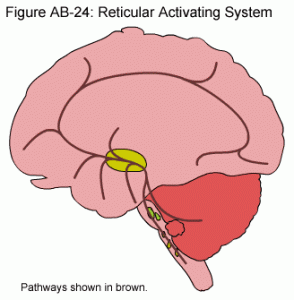In an attempt to drum up new business, businesses will run sales and promotions. Sometimes these efforts can be successful, but other times it can lead to the wrong kind of new business.
One area where this can be seen is with local restaurants and businesses that use Groupon. Because the discounts on Groupons are so steep, you attract a clientele that isn’t interested in doing business with you, they just want the screaming deal you’re offering for a limited time.
One of our clients experienced this firsthand. They were running a gift card promotion on their website and suddenly leads for their giftcards started pouring in. They called us wondering if we had made any changes to their campaigns, so we dug deeper to figure out what cause the spike.
It turns out their promotion somehow got picked up by a daily-deal aggregating website. We tracked the traffic inside of Google Analytics and found only six out of 30 leads were even local, and even those six leads were probably mooches who were just interested in free stuff.
The lesson here is that not all leads are the same, and not all promotions are created equal. Even if you have









